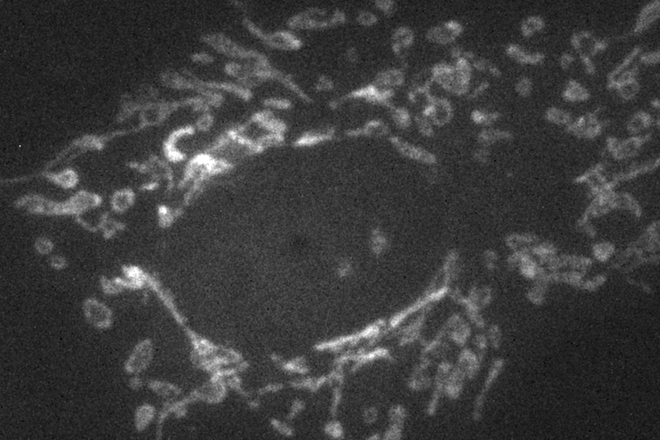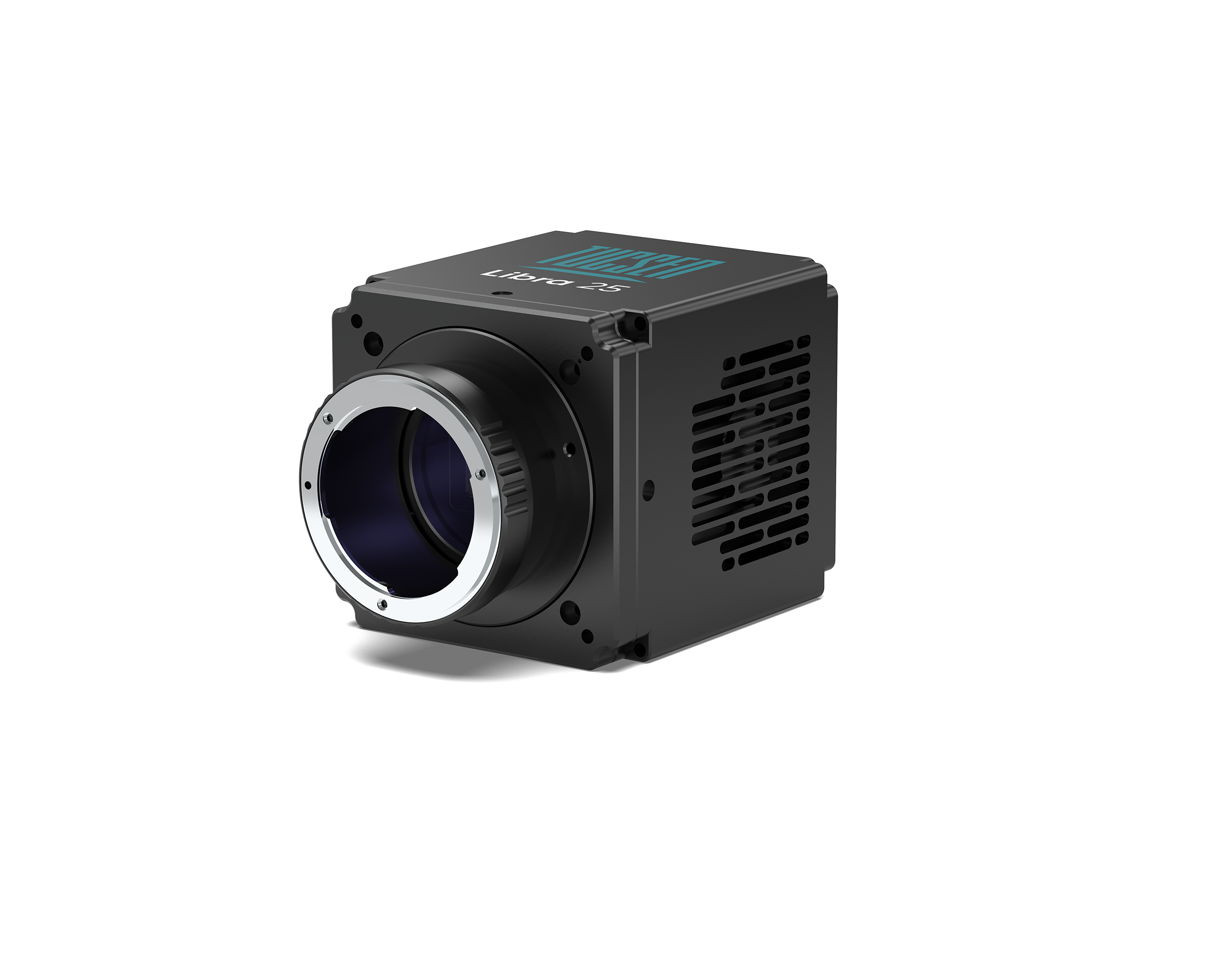Application Challenges
Widefield microscopy illuminates the entire field of view uniformly, enabling simultaneous detection of both in-focus and out-of-focus fluorescence signals by the camera. It is the most common approach for fluorescence imaging, widely applied in cell culture observation, fluorescence-labeled tissue section imaging, and high-throughput screening. Its advantages of simplicity and rapid imaging have made it a standard technique in basic life sciences research and automated microscopy platforms.
However, because all light from the sample—including out-of-focus signals—is collected at once, imaging thick specimens or densely labeled samples can result in significant background interference and reduced contrast. To address these challenges, microscope cameras must offer high sensitivity and low readout noise to reliably detect weak fluorescence signals, wide dynamic range to simultaneously capture both bright and dim regions, and large field-of-view formats for efficient coverage of extensive samples.


Libra 16/22/25 Series
Large-Format Monochrome Cooled Microscopy Cameras
A new generation of cooled microscopy cameras designed for upgraded optical fields-of-view. This series supports 16 mm, 22 mm and 25 mm large-format imaging systems, combining high resolution, excellent sensitivity, and cost effectiveness. Combined with Tucsen’s Mosaic imaging software, it can effectively meet various weak-light imaging application needs in microscopy.











